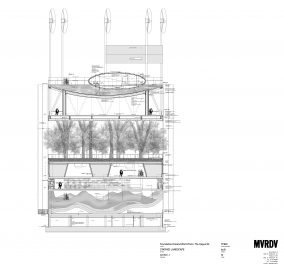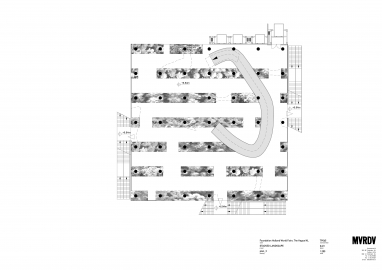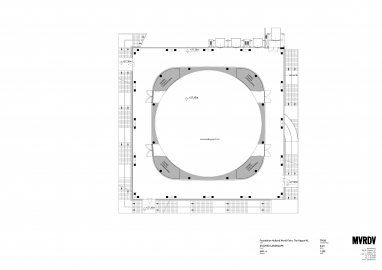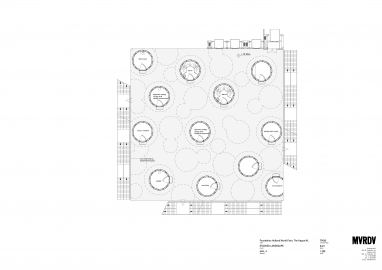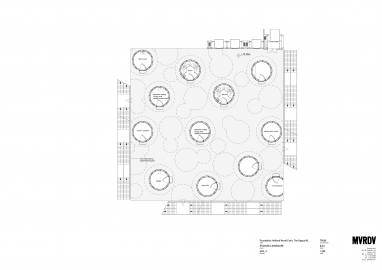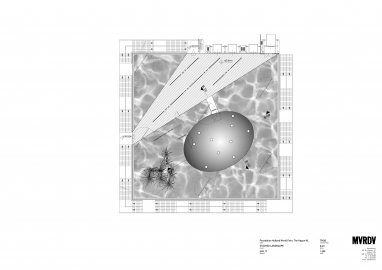Dutch Pavilion, EXPO 2000
Holland creates Space: the theme for the Netherlands Pavilion at the 2000 World Expo in Hanover was to showcase a country making the most out of limited space. Six stacked Dutch landscapes form an independent eco-system communicating cultural sustainability: progressive thinking and contemporary culture are combined with traditional values.
The Netherlands is a densely populated country combining a high standard of welfare with a great democratic tradition. It could well be the prime example of a country that has always had to (and know how to) mould the environment to suit its will. Perhaps in the near future extra space will be found not just by increasing the country s width but by expanding vertically. This kind of operation would seem to be applicable to many more countries. It raises questions with global significance.
Can increasing population density coexist with an increase in the quality of life? What conditions should be satisfied before such an increase in density take place? What role will nature, in the widest sense, play in such an increase in density? Isn t the issue here new nature , literally and metaphorically?
What the Dutch entry to EXPO 2000 showed was precisely a mix of technology and nature, emphasising nature s makability and artificiality: technology and nature need not be mutually exclusive, they can perfectly well reinforce each other.
Nature arranged on many levels provides both an extension to existing nature and an outstanding symbol of its artificiality. It provides multi-level public space as an extension to existing public spaces. And even by arranging existing programmes on many levels it provides yet more extra space, at ground level, for visibility and accessibility, for the unexpected, for nature.
Dividing up the space and arranging it on multiple levels surrounds the building with spatial events and other cultural manifestations. The building becomes a monumentalised multi-level park. It takes on the character of a happening.
The fact that this kind of building does not yet exist means that it also gets to function as a laboratory. It not only saves space, literally it also saves energy, time, water, infrastructure. Of course it also tests existing qualities: it attempts to find a solution to a possible lack of light and land. At the same time the density and the diversity of functions builds new connections, new relationships. It can therefore serve as a symbol for the multi-faceted nature of society: it presents the paradoxical notion that as diversity increases so too, seemingly, does cohesion.

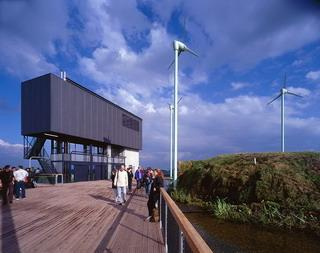
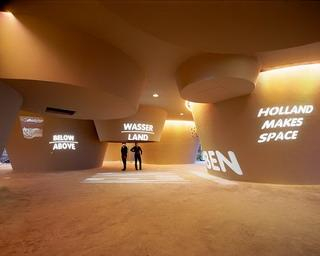

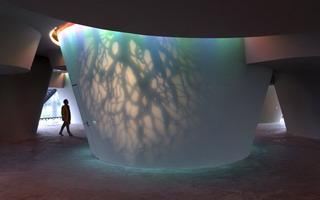
.jpg)
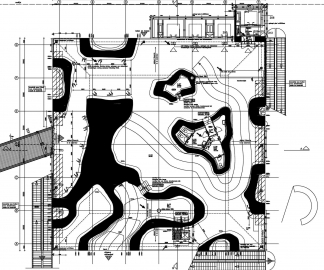
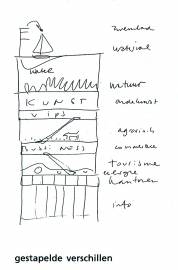

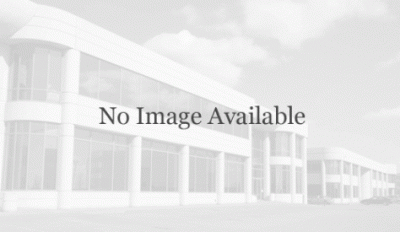 © Robt Hart
© Robt Hart
